10. 45 Years (2015) – Kate at the party
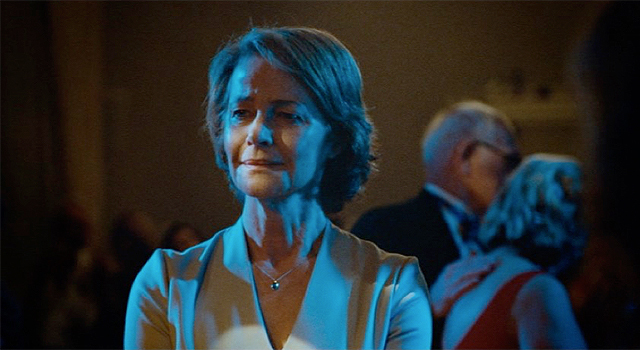
Charlotte Rampling and Tom Courtenay give masterclass performances in Andrew Haigh’s film about a couple about to celebrate their anniversary while an old secret surfaces. Many great scenes are composed in this film, but nothing is wasted during the film’s final acts.
As Courtenay’s Geoff is clearly enjoying the celebration with friends, Rampling’s Kate is the complete opposite. Watching Rampling put on a fake smile and contemplating her emotions to herself while he gives a speech, her staring at the mirror alone in the bathroom to eventually to the final dance. As they begin to dance to The Platters’ “Smoke Gets in Your Eyes,” Kate tries not to cry, the pulling away of her hand from Geoff to her isolation on the dance floor.
Rampling composes so many mixed emotions and feelings that it gives a satisfying yet unsatisfying conclusion to our couple and the film. You can feel the frustration, confusion, and uncertain future Rampling’s Kate displays in the final frames of the film.
9. Shame (2011) – Brendon’s sexual overdose
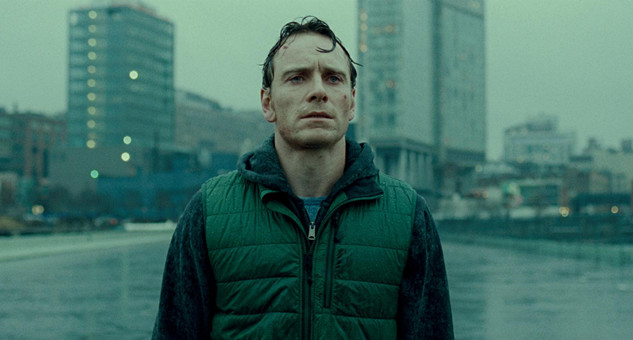
As we observe Michael Fassbender’s Brandon struggle with his sexual addiction and relationships throughout the film, primarily with Carey Mulligan’s sister Sissy, we arrive to the near end. What Steve McQueen manages to capture in a haunting montage of physicality and temperament is Brandon’s sexual overdose.
Few words are spoken in this sequence; it’s all in Fassbender’s body language and facial expressions. As he goes from a bar where he publicly fingers a girl with her boyfriend in the background to getting beaten up moments later.
After getting denied entry into a club, he follows the man who was eyeing him across the street into a gay club and his fellated by him. To an eventual an threesome with hookers, we see how Brendon is suffering from his addiction and he can’t control his urges.
He is struggling to maintain any sort of normalcy and he clearly overdoses in the climax of the film. Without Fassbender, this scene could have been cliched or erotic, but instead we see a man barely holding it together as his internal and external life comes crumbling down.
8. The Piano Teacher (2001) – Erika and Walter in the locker room
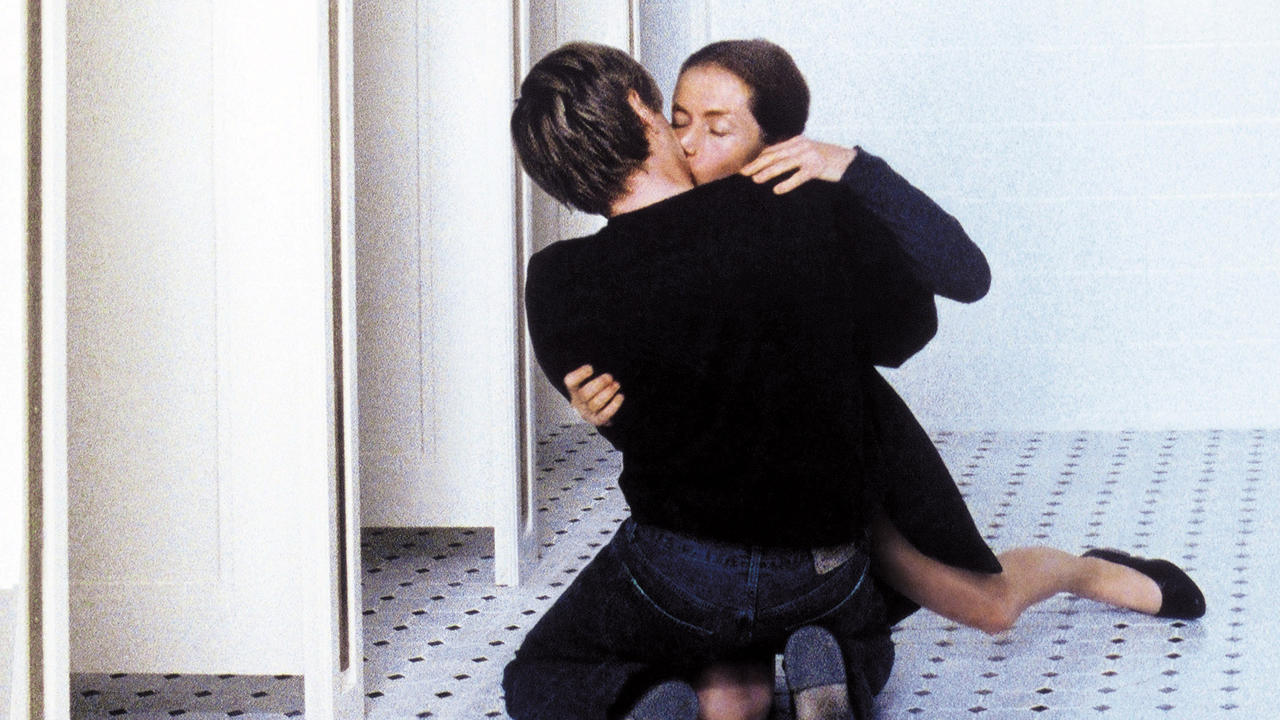
When Isabelle Huppert paired with Michael Haneke for the first time, you know you were going to get something special. As we watch Huppert’s Erika’s sexual repression throughout the film and sadomasochistic relationship with her student, Benoit Magimel’s Walter, we witness a scene where all sides of these characters are revealed.
As Walter leaves his hockey practice to talk with Erika, they go into a locker room. And here, we see Erika’s sexual obsession and forcefulness take over and Walter giving into his sexual desire. They both are hesitant to act on one another, conversing openly about their relationship to eventually engaging in sexual activity after Erika lies down on the floor and begs the sweaty Walter. After so, Erika throws up from the act to Walter’s disgust.
We experience the entire core of these characters’ thoughts as they act on their deepest desires and are fully regretful of their acts. Afterward, they don’t know how to cope with their own mentality. The film has many rememberable scenes, but here we fully see the engaging commitment of the characters to their personalities instead of teasing and withdrawing in the scenes beforehand.
7. Manchester by the Sea (2016) – Lee and Randi on the street
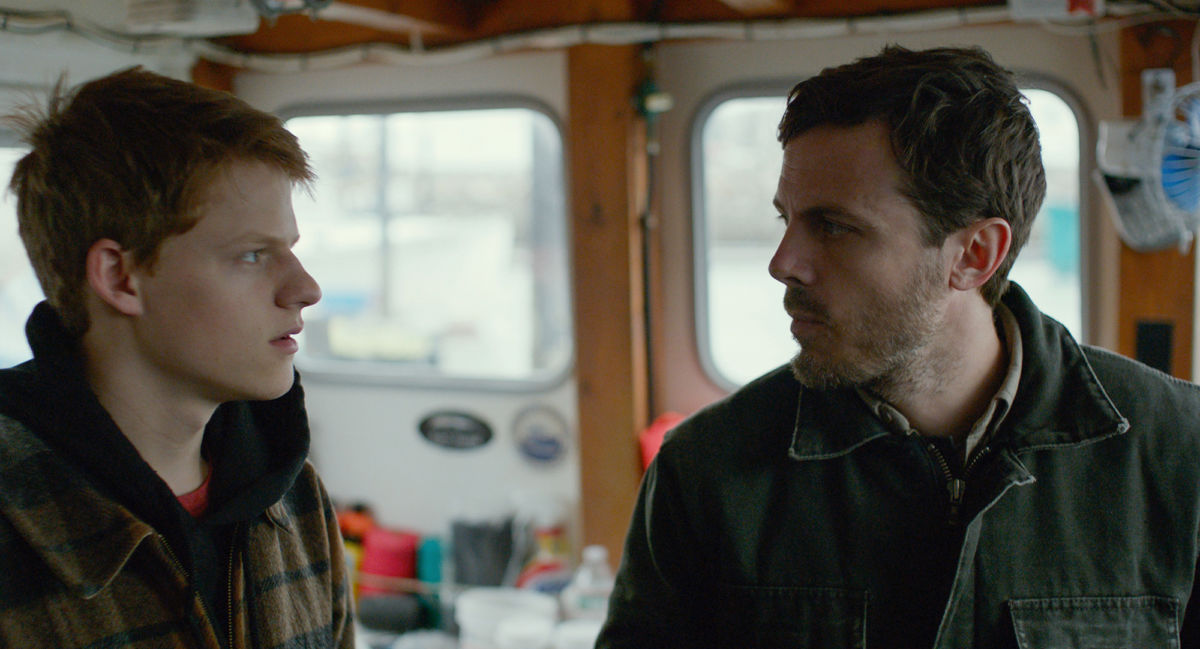
After the first signs of optimism in the film with a playful score, Casey Affleck’s Lee is walking along in town and runs into his ex-wife Michelle Williams’ Randi. The tone of the film changes as we can already feel a unique confrontation of sorts is to follow in Kenneth Lonergan’s film.
As Lee and Randi slowly start to converse, we see a heartbreaking scene of attempted reconciliation, past regret, and uncertain future. Nothing is truly revealed of what these two characters experienced together after the tragedy that occurred years before.
We see Affleck’s Lee possibly going to have a real, genuine moment of affection and emotion but keeps himself bottled up inside. Williams’ Randi pours her heart out wanting to start anew with her old husband as she stands over her new baby’s stroller.
The scene is a tough, poignant yet truthful and highly emotional moment in a film comprised of scenes pertaining to that. It shows Affleck and Williams at the height of their acting prowess and the characters point where almost everything could change. Unfortunately, Affleck’s Lee keeps to his old ways as Randi continues to break down after his departure, making for a truly, intense humane scene.
6. Phoenix (2014) – Nelly sings as Johnny plays

Christian Petzold knows how to structure an ending. And in this film, we see how the mystery and arcs of these characters come to a breathtaking finale. We see Nina Hoss’ Nelly sing “Speak Low” as Ronald Zehrfeld’s Johnny plays the piano in one of the best end scenes this century.
As Johnny plays the piano and Nelly sings, we suddenly hear the piano stop as Johnny’s face turns into a ghostly stare at Nelly. He sees the concentration camp tattooed number on her arm, realizing its his wife. Nelly continues to sing in a frighteningly beautiful voice and she walks away. No words are exchanged or even glances between the actors. Hoss sings and looks above as Zehrfeld stares at her arm and body.
The two don’t need to say anything because the audience is taken aback, because the film has reached its climax. The two actors play so well that we see the mystery in the film is fully realized by the characters, but we want for more. By Zehrfeld’s minimalism and Hoss’ continuation of the scene, it proves its how acting can be done without speaking or even looking at one another.
5. The Master (2012) – Lancaster processes Freddie
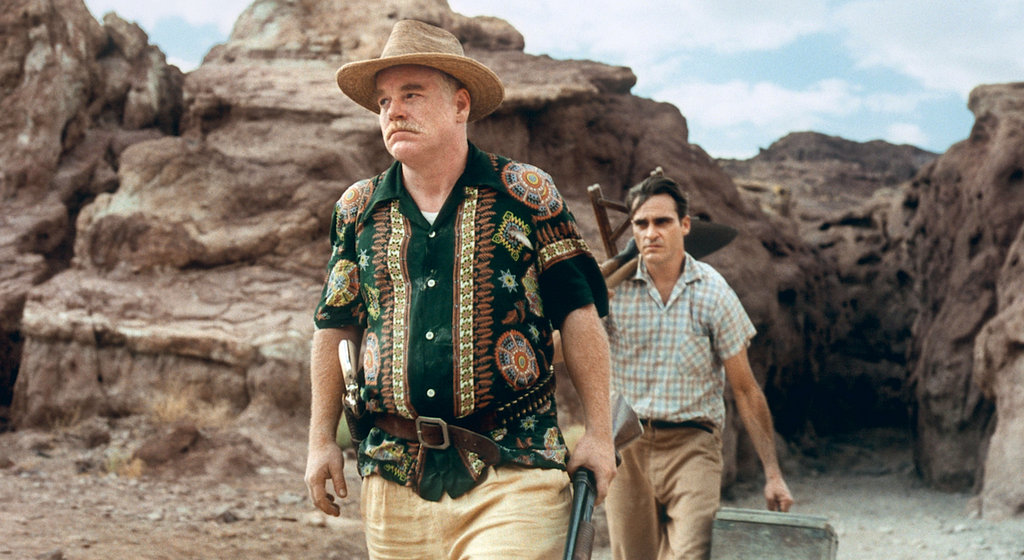
After spending some time with Joaquin Phoenix’s Freddie Quell and Philip Seymour Hoffman’s Lancaster Dodd, we see their differing personalities and worlds they operate in. So when we finally get a scene when the two are fully alone, it plays out like a stage play. It’s two actors building off one another and reacting to their responses in Paul Thomas Anderson’s masterful film.
Freddie is curious by The Cause’s methods as Lancaster wants to know more about why Freddie is the way he is. So we start as a simple and light touch of questioning that dives deeper and deeper into these two men’s quest for truth.
The process gets darker as Phoenix is slapping himself and crying by not blinking at Hoffman’s stern yet caring approach continually pushes Phoenix. The two play off each other’s responses, even in simple questions of ‘yes’ or ‘no’ that we get the one of the best acted scenes.
These two actors themselves, Hoffman’s body of work continually being praised after his death, and Phoenix proving to be the actor of the decade all create a magical scene of screen acting.
4. Before Midnight (2013) – Hotel Room
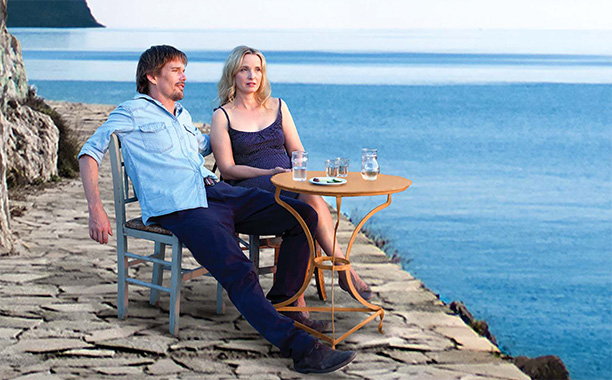
After Richard Linklater explored making a connection in “Before Sunrise” and the reunion in “Before Sunset,” we see Ethan Hawke’s Jesse and Julie Delpy’s Celine behave in a real relationship. As the film continues with an assortment of characters around them, we finally get to see Jesse and Celine alone together.
We get an extended hotel room scene we the two go up, down, left and right. In a film of extended scenes, this one tops them all. The conversation between Hawke and Delpy is so natural that you could think it’s improvised. And the conversation and scene don’t just escalate into a fight, but it comes from hot to cold and back to hot again. The tone and mood constantly shift as in real life. It’s as if we are seeing a real life couple argue with Hawke and Delpy.
The scene also stands out for encompassing everything they’ve been through in Greece while also acknowledging their time in Paris and Vienna. Therefore, so much emotion is poured into this scene that it could be noted as one of the best depictions of a couple on screen ever.
3. A Separation (2011) – Swear on the Qur’an
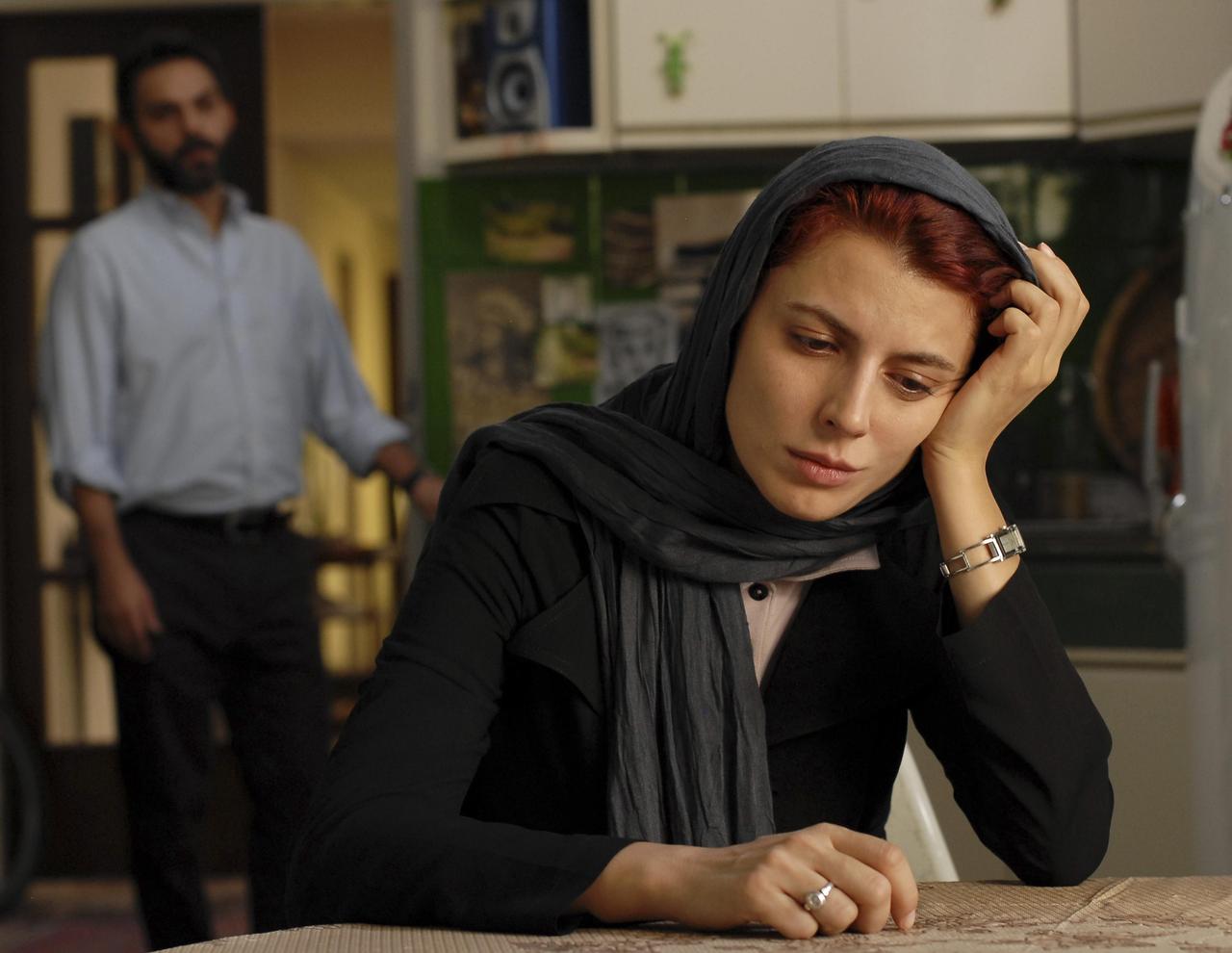
Asghar Farhadi exploded into the film world with this dramatic, thrilling, and very Iranian film. After we see scenes of family disintegration and society from moral complexities and mystery, we arrive at the final scene with Leila Hatami’s Simin and Peyman Moaadi’s Nader, with Shahab Hosseini’s Hodjat and Sarah Bayat’s Razieh.
After a miscarriage by Razieh, Nader is held accountable, and accepts he will be if Razieh swears on the Qur’an that it was him. During this scene we see four characters, far too long to list all their agendas and points of view on the subjects at hand, differing on what should occur. All the needs for the truth, the grayness of the situation, and the desperation of the characters are brilliantly displayed by the actors while maintaining the highest level of tension for a dramatic film.
As an audience member, we marvel over every move and word by their actors because it leads to what occurs next. All four actors are truly listening and responding to what the others say; nothing is wasted in Farhadi’s climax scene.
2. Inside Llewyn Davis (2013) – The Death of Queen Jane
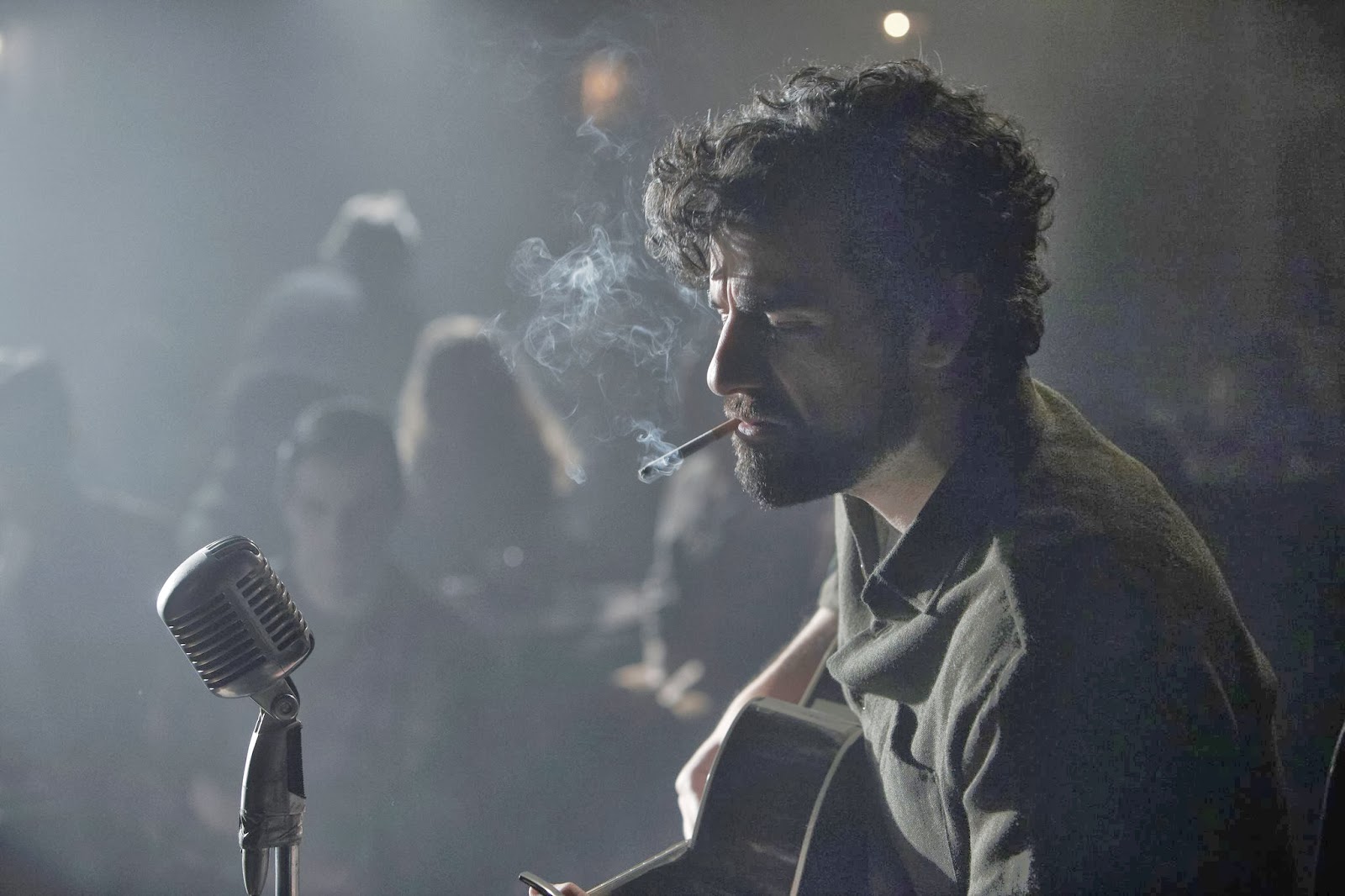
When a song is performed in a film, emotion and reasoning are behind it. But in Joel and Ethan Coen’s film, everything we’ve seen Oscar Isaac’s Llewyn Davis has been through, it all comes pouring out in his song to Bud Grossman, played by F. Murray Abraham.
After a last attempt to Chicago, Davis plays “The Death of Queen Jane” to a stoic and unresponsive Abraham. Everything comes pouring out of Davis going from singing the folk song and playing his guitar. Toward the end of the song, he stops playing and just sings.
The lyrics can almost be related to Davis’ journey thus far, but it’s really him singing to get a fair and honest shot in the music industry. He hasn’t shuffled to begging because he is playing the music that is nearest and dearest to him.
After Grossman says “I don’t see a lot of money” here, you can feel all the emotions Davis is feeling at that moment with the sense of feelings we can’t, only Isaac as Davis can. Isaac lays the soul of his character down on the line and is rejected. Isaac literally acted and sang his heart out only to be rejected so soon, resulting in a true show-stopping scene.
1. There Will Be Blood (2007) – ‘I Drink Your Milkshake!’
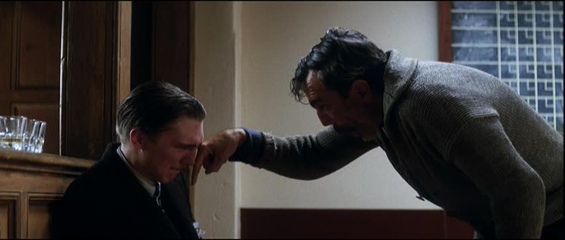
In Paul Thomas Anderson’s epic film, we see Daniel Day-Lewis’ Daniel Plainview, now deranged in his mansion, have a final confrontation with Paul Dano’s preacher Eli Sunday. Anderson’s character arcs and narrative have added to the build-up of this scene.
Day-Lewis’s Plainview exacts revenge on Dano’s Sunday to denounce his prophecy and faith, but its when Day-Lewis stares at Dano sitting down and states “I drink your milkshake” that the film reaches new heights.
As we watch the film for the first or fifteenth time, we can never deny the powers at hand. Watching Day-Lewis scream, throwing bowling bowl pins, beating Dano’s character to death to the final “I’m finished” do we realize we’ve seen the best acted scene of the century.
The whole scene leaves us wondering and filling in the 16-year gap that occurred so we are constantly on edge. It’s the subtle performance of Dano trying to gain what he believes is his, and Day-Lewis’ mentally lost yet perfectly aware of the moment where we see a decisive scene. So many theories and analyses have been based on this scene and it wouldn’t be possible without the acting of one of the greats, Daniel Day-Lewis.